Kathmandu: How to spend a weekend in Nepal’s capital city
2020 is Nepal's year. As part of an attempt to boost tourism in a country still reeling from the 2015 earthquake, Nepal is celebrating Nepal 2020 which means there will be more to see and do. Importantly, as of today, India has removed Nepal from its Coronavirus watch list.
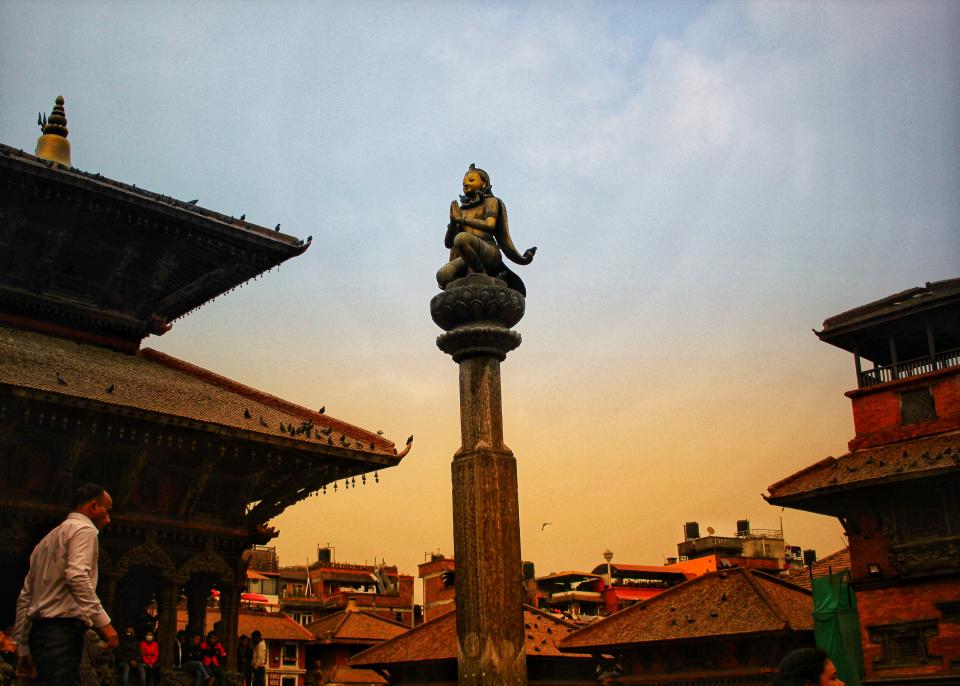
The airplane cabin goes silent. It’s not that it’s a noisy cabin to begin – there were no crying babies nor loud passengers – but silence has a way of making its presence felt. It’s one of those things that you can, somewhat paradoxically, hear. Even if it’s a soft hum that fades out, you tend to instinctively turn around and look. But how do you trace the source of the silence? It takes a bit; you’re disoriented and then you realise that the reason why the soft hum of passengers chatting behind you has died out is the view outside of your window.
Before we took off from New Delhi on the inaugural Vistara flight to Kathmandu, I joked with my co-passenger that the pilot would probably fly over Everest. With a straight face, I assured her that he would circle over the tallest peak in the world and tell us exactly when we’d pass it by. She believed me. Some 45 minutes into the flight when the cabin fell silent and I looked out of the window, even I believed my own fib. I may not admit this again but for a brief second, I thought to myself: “Could I have been right?!?”
Of course I wasn’t. Everest isn’t on the flight path from New Delhi to Kathmandu; I had looked it up before we left. But there was something even more mesmerising. Peaks after snowy peaks, sticking out of the clouds, like a crumpled sheet of white against a deep blue of the sky, the kind of blue you almost never see. I half expected the captain to make a short announcement, asking passengers to look out and behold the sight of the majestic Himalayas but the PA remained mute. Not even a crackle. We passed by the greatest mountain range in the world in the way one should – in complete, almost reverential, silence.
I’ve occasionally wondered what it must seem for someone looking at this scene from the outside – the aircraft with its Royal Aubergine and Pale Gold Vistara logo on its tail, roaring past an abyss of white. On the inside though, it’s just white noise, the kinds you can tune out and drift into an easy slumber. It’s what I’ve always loved about airline travel – the quiet and sanitised predictability of a pressurised cabin. You know the drill from the moment you step in – the flight attendant’s polite welcome as you board, the safety demonstration, the anticipation of the take-off as the aircraft gains speed on the runway and then that one swift movement with which the wheels leave the ground. You’re off on an adventure.
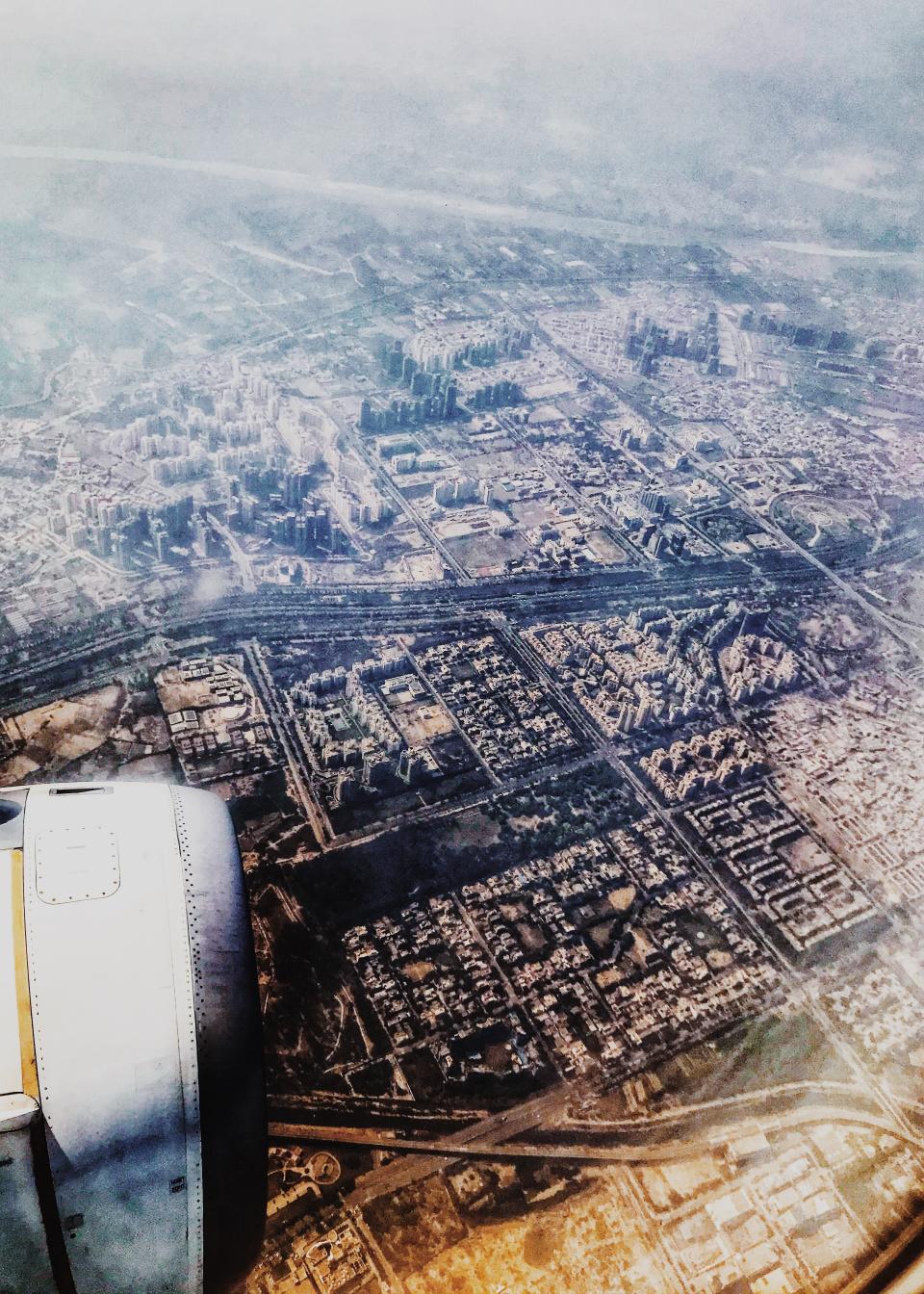
Much has been said about the golden age of airline travel, a time when most of us weren’t born. And in the crowd of low-cost airlines, it’s easy to assume that it’s well behind us. Certainly it is true for most part. But every so often, when you’re flying an airline like Vistara you tend to imagine what it must’ve been like – dignified cabin crew, top class service and meals that defy all clichés of airline food.
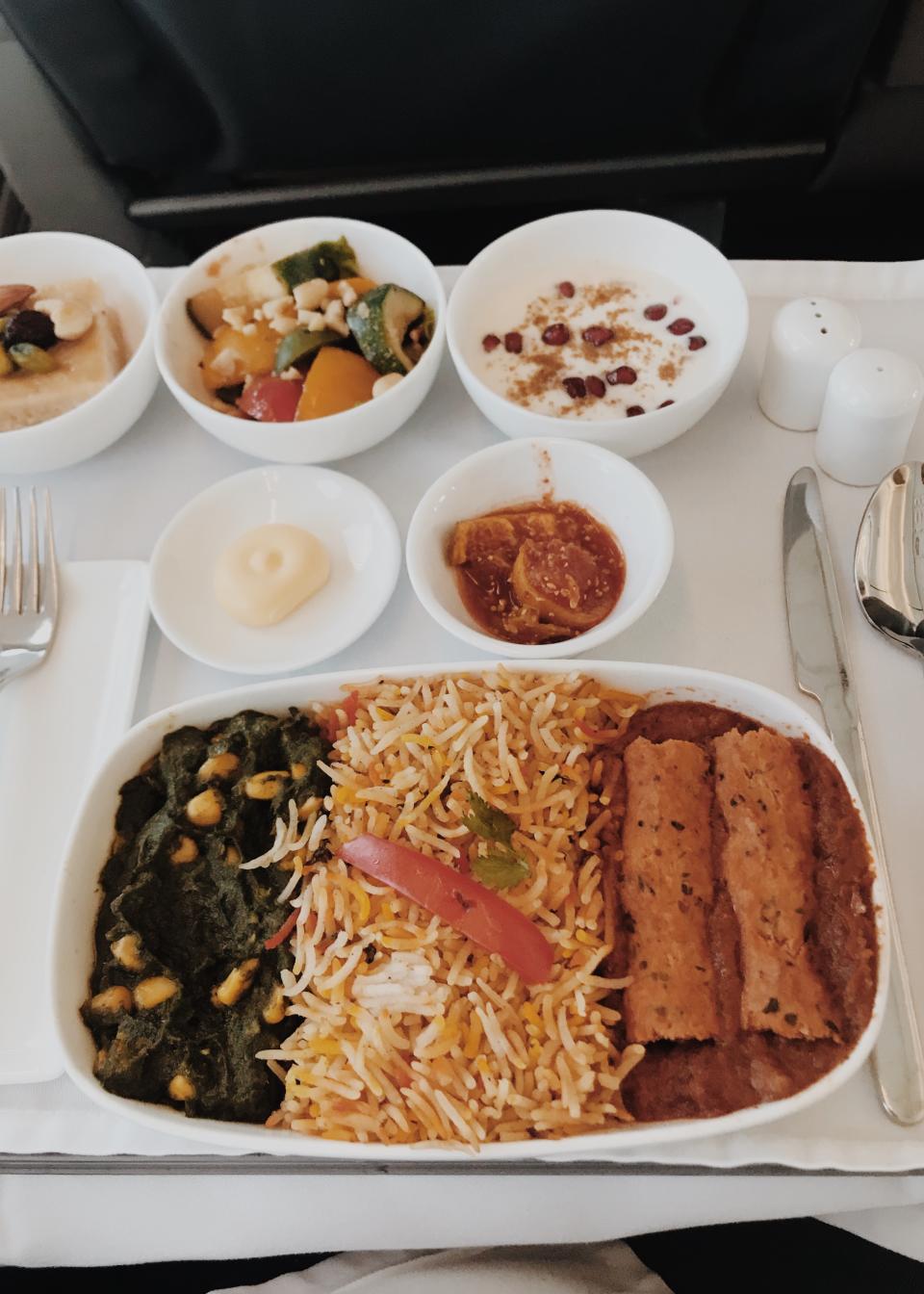
And so it is, after a happy meal and a smooth landing at New Delhi’s Indira Gandhi International Airport, I’m on Vistara’s inaugural flight to Kathmandu. We leave behind the sunny plains of Delhi, fly past the Himalayas and soon enough find ourselves looking over a cluster of tiny colourful buildings that signal our arrival in the capital of Nepal.
What to see and do in Kathmandu:
For most part, Kathmandu has been a haven for high rollers and hippies alike. The country’s obsession with Bollywood isn’t difficult to miss. Hare Rama Hare Krishna, Dev Anand’s cult hit from the ‘70s, is still very fresh in Nepal’s collective conscious as you find yourself listening to the guide talk about his nation’s brief but romantic tryst with the hippie culture at our first stop:
1. Explore the Bastanpur Durbar Square
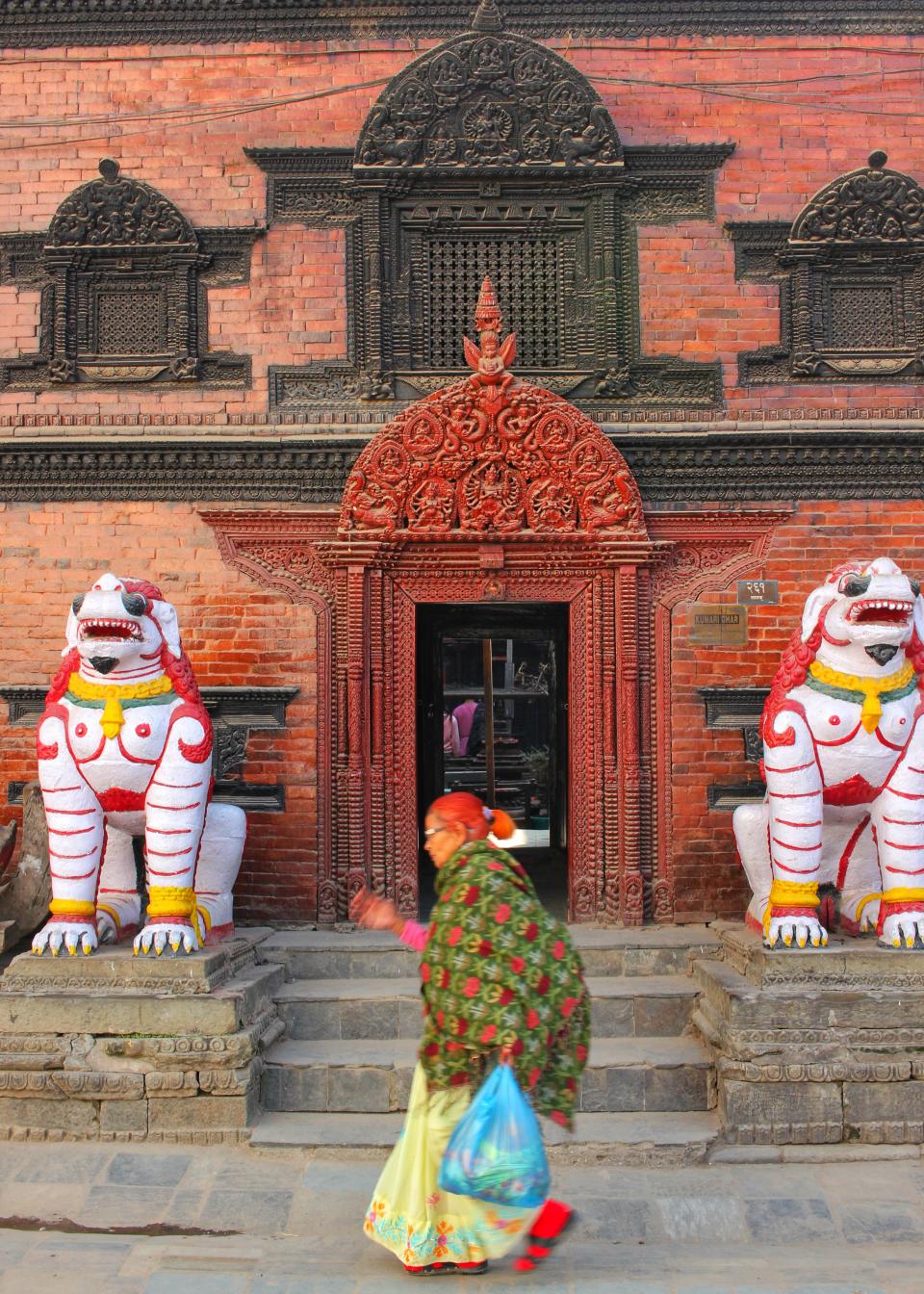
The ancient city of Kathmandu is set around this Durbar Square, which was also the official residence of the Nepalese royal family until the 19th century. In 1979, this Durbar Square was designated a UNESCO World Heritage site. Home to several Hindu and Buddhist temples as well as the home of the living goddess of Nepal, the square can tend to be quite crowded. Several of the temples were destroyed in the earthquake of 2015 and are still being restored. It is easy, however, to spend a few hours here, photographing the many buildings in this square, shopping and walking down Freak Street, the erstwhile hippie abode that now houses cafés and stores.
2. Party at Thamel
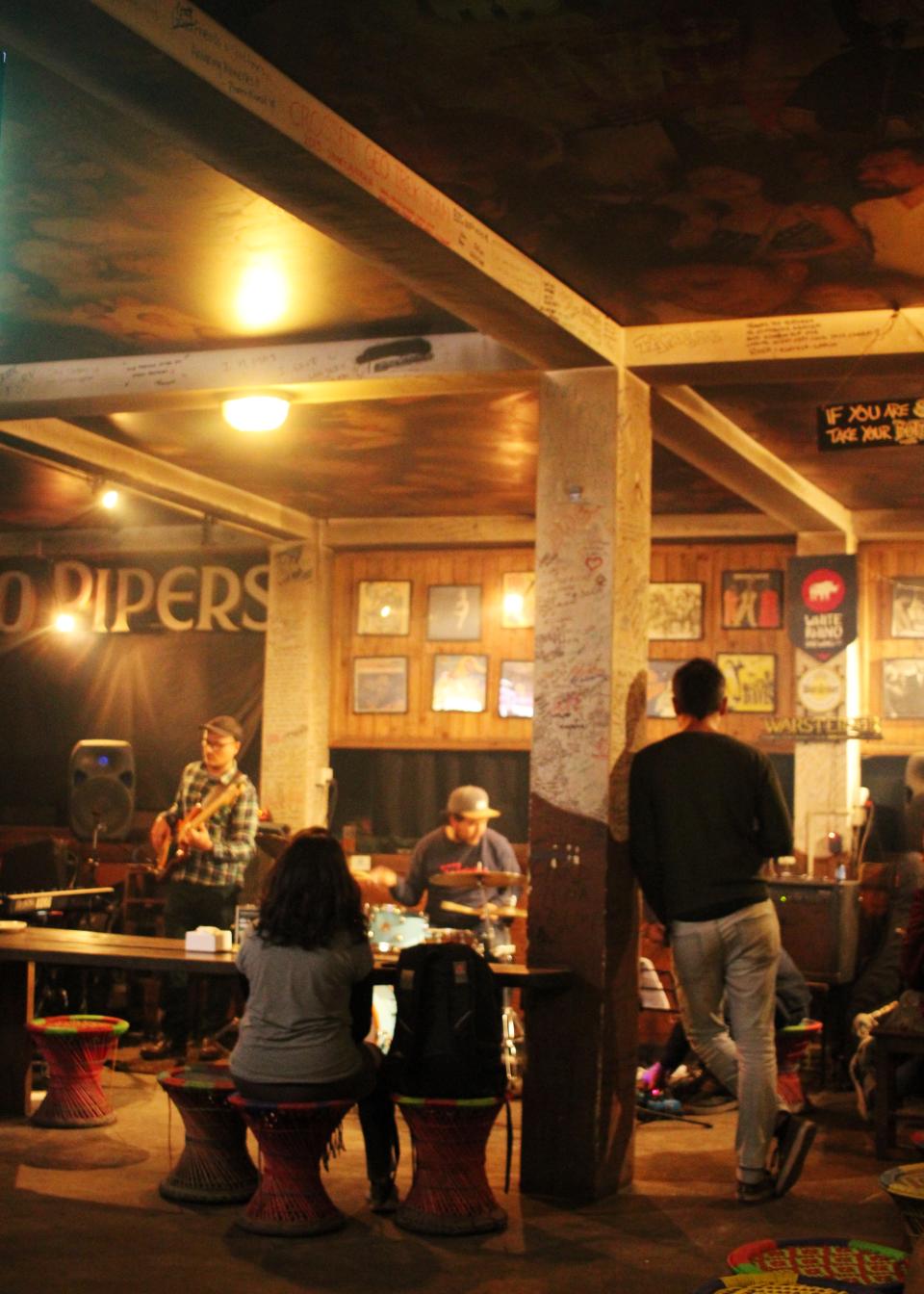
Kathmandu’s tourist district has all the trappings of one. Rows and rows of shops with selling bright clothes, hiking gear, lanterns, thangka paintings, bronze statues etc. Make sure you bargain down to a third of the price quoted by the shopkeeper. When the sun goes down, Thamel turns into a cool party district with nightclubs, restaurants and bars playing everything from techno to Bollywood. Although not in Thamel but certainly a place worth visiting is Jazz Upstairs, Kathmandu’s only jazz club that has live performances every night.
3. Circumambulate Boudhanath
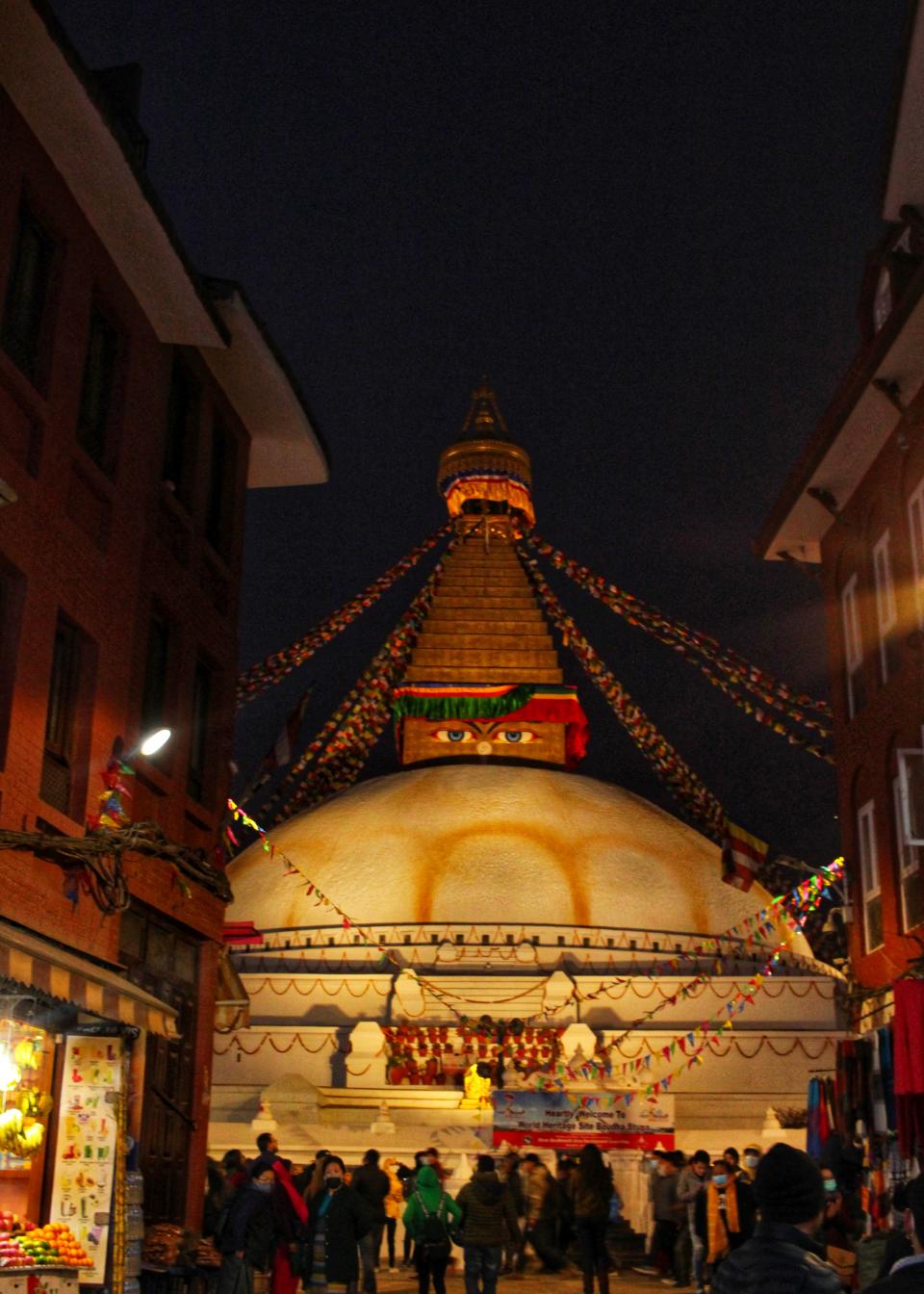
Swayambhunath (also known as Boudhnath) is the largest Buddhist Stupa in Nepal and an important centre of Tibetan Buddhism. The stupa lies at the heart of Kathmandu’s Tibetan community. Like the Durbar Square, Swayambunath is also a UNESCO World Heritage Site. Join the Tibetan monks, and fellow tourists as you circumambulate the stupa chanting Om Mani Padme Hum. Most locals arrive here sundown when it can get quite crowded. You can also arrive here early mornings when the crowds are much lesser. There are several monasteries around Boudhnath where you can learn more about Tibetan Buddhism and its philosophy.
4. Offer your respects at the Pashupatinath temple
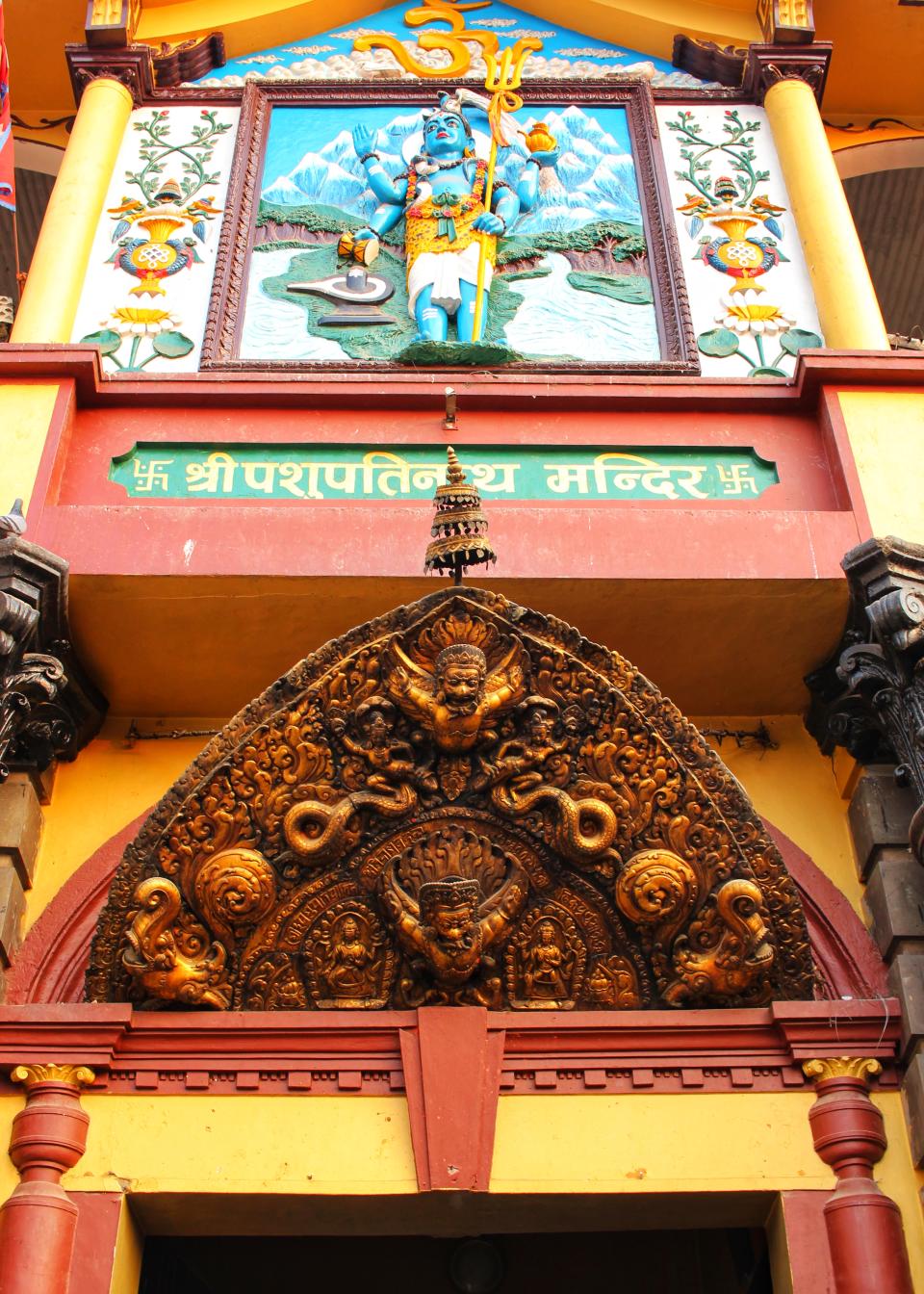
Nepal’s most sacred Hindu temple is dedicated to Shiva and attracts thousands of devotees every day – from curious tourists to ascetics. Expect a long queue to pay your respects to the deity but you can give that queue a pass in case you don’t mind just a peek into the sanctum sanctorum from a short distance away. The Pashupatinath temple complex has several other smaller shrines and overlooks a lake where Hindus perform the final rites of their near and dear ones. Note that entry into the temple complex is restricted only to Hindus and photography is not permitted.
5. Take a half-day trip to Bhaktapur
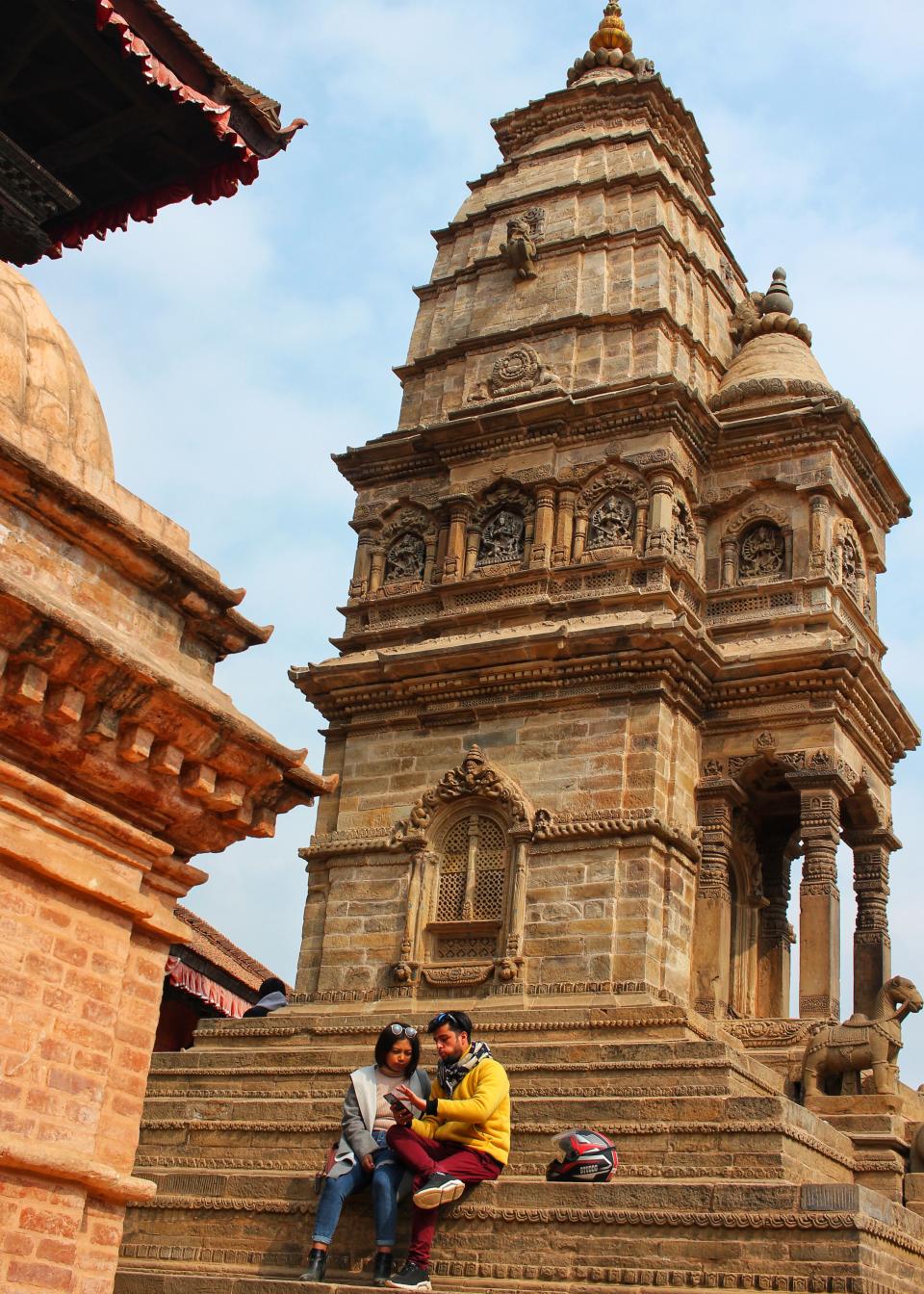
Located about an hour away from Kathmandu, Bhaktapur’s Durbar Square isn’t unlike Kathmandu’s. The temples and monuments in squares such as these were a result of a competitive spirit between the local rulers who’d commission architects to construct grand buildings as an exercise of one-upmanship. Bhaktapur’s square holds several temples and cultural monuments. It’s also in a significantly better shape since the 2015 earthquake didn’t affect it as much as it did Kathmandu’s square. From erotic carvings to religious monuments, Bhaktapur is a photographer’s delight. It also houses an art gallery and museum that are worth a short visit but you’ll likely be transfixed by the sheer number of monuments and their diversity.


